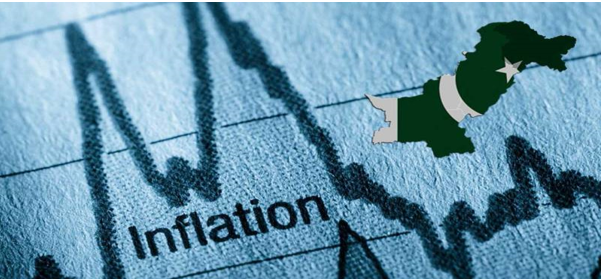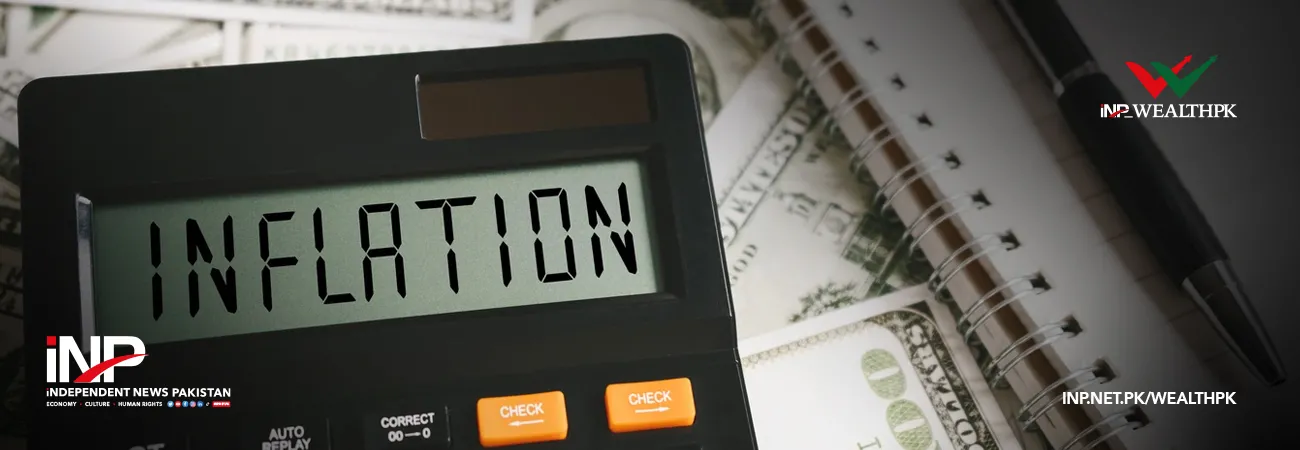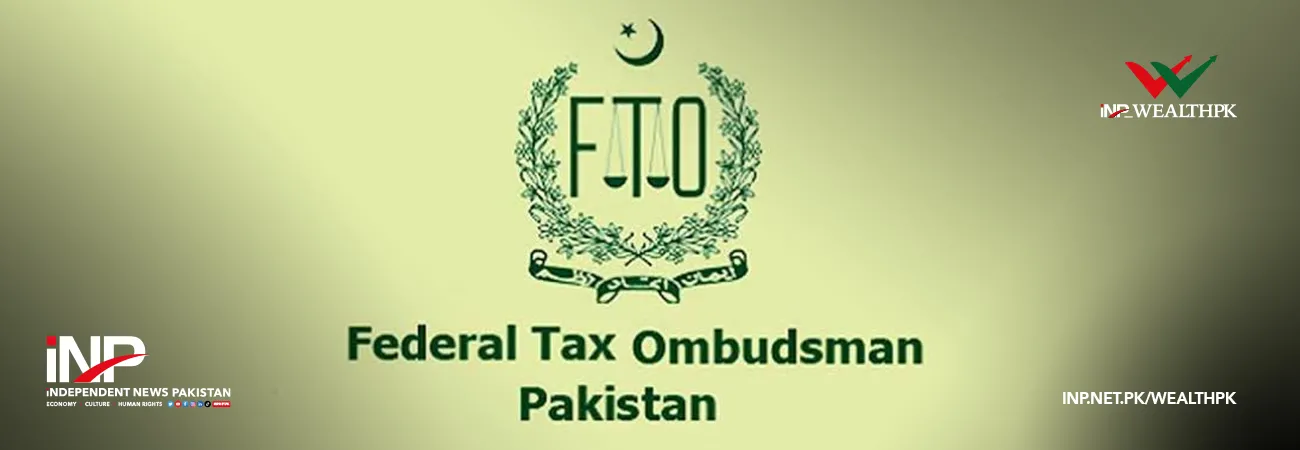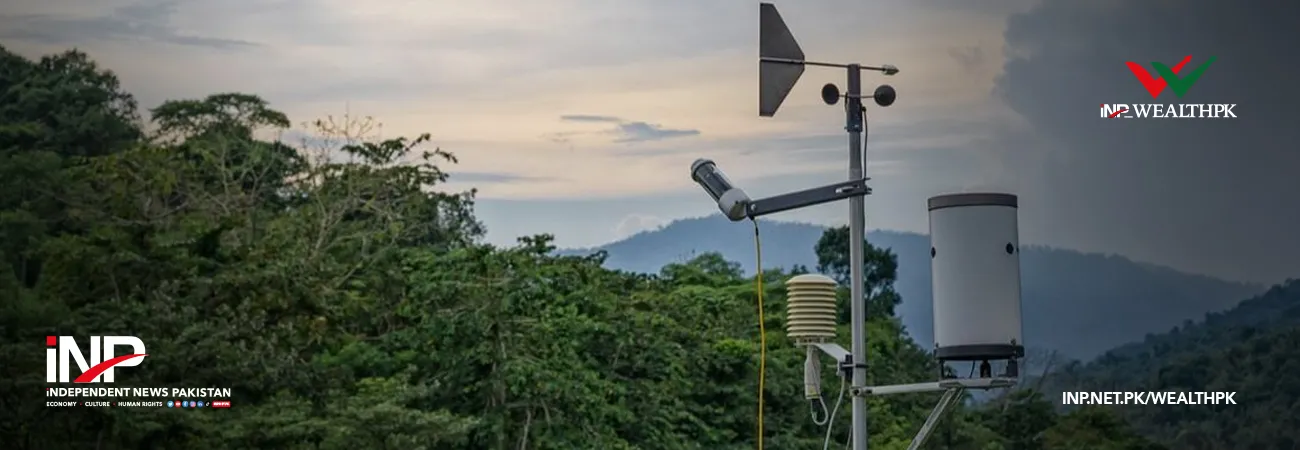INP-WealthPk
Abdul Ghani
Pakistan’s economy made a remarkable turnaround in fiscal year 2024-25, achieving sharp disinflation, record external stability, and renewed investor confidence as the government and the State Bank of Pakistan (SBP) pursued coordinated fiscal and monetary reforms supported by the IMF’s Extended Fund Facility.
According to the SBP’s Annual Report 2024-25, inflation dropped to an eight-year low of 4.5 percent, well below the medium-term target range of five to seven percent. This marked a major shift from the average 23.4 percent inflation recorded in FY24, reflecting improved macroeconomic management, a stable exchange rate, and easing global commodity prices.

The report credits the “prudent monetary policy stance and continued fiscal consolidation” for restoring economic stability. Starting in June 2024, the Monetary Policy Committee cut the policy rate from 20.5 percent to 11 percent in a series of six meetings, reducing borrowing costs by a cumulative 1,000 basis points. The easing cycle was supported by a consistent fall in inflation expectations and better external sector performance.
The disinflation was driven primarily by lower food and energy prices. The report highlights that wheat and its products alone accounted for nearly one-fifth of the decline in urban inflation, owing to higher imports, a bumper harvest in FY24, and the government’s decision to discontinue support price procurement that had previously kept wheat prices artificially high. Energy inflation also eased, as global oil prices softened and domestic power sector reforms reduced inefficiencies.
Core inflation, which excludes volatile food and energy components, almost halved during FY25 as the economy absorbed the second-round effects of earlier price shocks. The SBP noted that consumer inflation expectations, which had stayed elevated in recent years, finally moderated as confidence in price stability returned.
Economic activity gradually rebounded as lower interest rates and fiscal restraint combined to stabilize markets. Real GDP grew by three percent, up from 2.6 percent a year earlier, with major contributions from services and industrial recovery. The report says improved business sentiment, reflected in the Consumer and Business Confidence Indices, signaled that households and firms were responding positively to the improved policy environment.
Fiscal discipline reinforced the disinflation trend. The government contained non-development spending, rationalized subsidies, and reduced reliance on central bank borrowing. The fiscal deficit fell to a nine-year low of 5.4 percent of GDP, while the primary balance – which excludes interest payments – posted a 2.4 percent surplus, exceeding the target for the second consecutive year.
SBP profits and higher tax collection played a crucial role. Total revenue rose to 15.8 percent of GDP, compared to 12.6 percent in the previous year, driven equally by tax and non-tax revenues. The Federal Board of Revenue’s reforms, including the rationalization of exemptions and increased documentation, helped offset lower inflation and subdued industrial activity.
At the same time, the energy sector’s partial reforms such as improved transmission efficiency and deferred tariff hikes helped delay cost pass-throughs to consumers, easing inflationary pressure further.
The report also notes that lower inflation stabilized real incomes, especially for wage earners, while improved rural supply chains helped keep food markets steady. Consumer purchasing power began to recover in the latter half of FY25, setting the stage for a mild consumption-led recovery in FY26.
However, the SBP cautioned that the moderation in inflation might face “sticky underlying pressures,” particularly from structural inefficiencies, import dependence, and potential energy price adjustments in FY26. It emphasized the need for reforms in agriculture markets and supply chains to prevent future food-price volatility.
The coordinated policy approach also improved Pakistan’s external credibility. The successful completion of IMF program reviews and stronger foreign exchange reserves bolstered investor confidence. International rating agencies upgraded Pakistan’s sovereign outlook in mid-2025, citing improved fiscal management and a sustainable inflation trajectory.
In a broader context, the report observes that Pakistan’s progress demonstrates the effectiveness of orthodox stabilization policies when consistently implemented. After years of double-digit inflation, runaway exchange rate depreciation, and soaring deficits, FY25 marked a significant return to policy normalcy.
The SBP concluded that keeping inflation within the medium-term target range of five to seven percent would be critical to ensuring macroeconomic stability in FY26 and beyond. It urged sustained fiscal discipline, continued exchange rate flexibility, and structural reforms to address persistent cost-push pressures.
The report summarized that Pakistan’s economy “has regained stability after years of turbulence,” but warned that maintaining it will require “perseverance, coordination, and institutional commitment.” For ordinary citizens, the most immediate relief is visible in declining food prices, lower interest rates, and a stronger rupee that together signaled a long-awaited easing of financial stress.
Credit: INP-WealthPk













